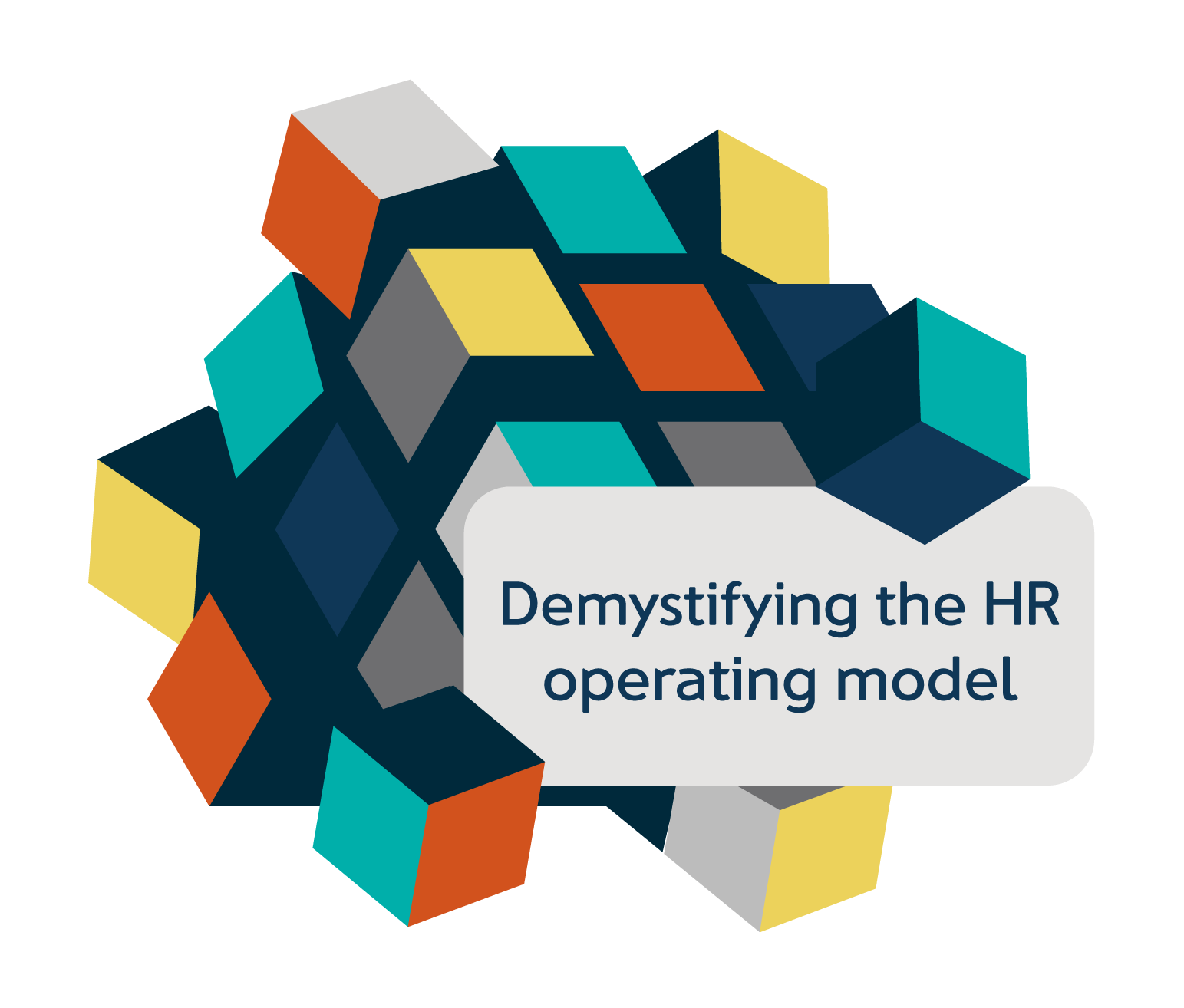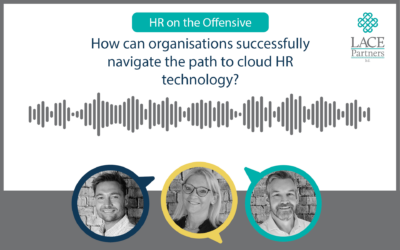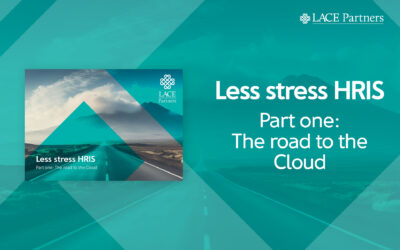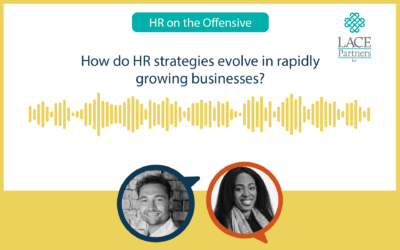Is your business trying to boost growth?
At LACE we believe you should build your HR operating model around the business outcome you most want to achieve. Even better, we think it can be as simple as picking between four main drivers.
Part of our Demystifying the HR op model series, here we will run you through everything you need to know if you are on a mission to boost rapid growth.
1
What does the pursuit of rapid growth look like?
a start up aiming for rapid scaling/expansion in a new business sector, geography or channel
or
a more established business who is private equity backed and undergoing rapid growth
But what exactly does this entail, and what are the operating model considerations for the HR function in response to this rapid growth?
2

At LACE HQ, we talk about the CPO’s wearing four different ‘hats’ representing different distinct accountabilities that they must wear simultaneously. Learn more in our blog about the four hats of the CPO.
Wearing multiple hats can be a juggling act, and this analogy helps illustrate the often-competing demands on the CPO. The emphasis on these ‘hats’ will vary depending on the specific driver.
For a CPO working with a business on the pursuit of rapid growth, there will be greater emphasis on the accountabilities aligned with a Transformation Enabler (Hat Three) and Compliance Champion (Hat Four).
These attributes involve:
- adopting a long-term perspective on strategic workforce planning and skill enhancement
- managing the people aspects of business transformation programmes
- require specialist capability within HR (OD, change, workforce analytics), with the ability to reallocate skilled resources effectively to meet demand fluctuations
- Have dedicated focused on keeping workforce related risks and issues under control
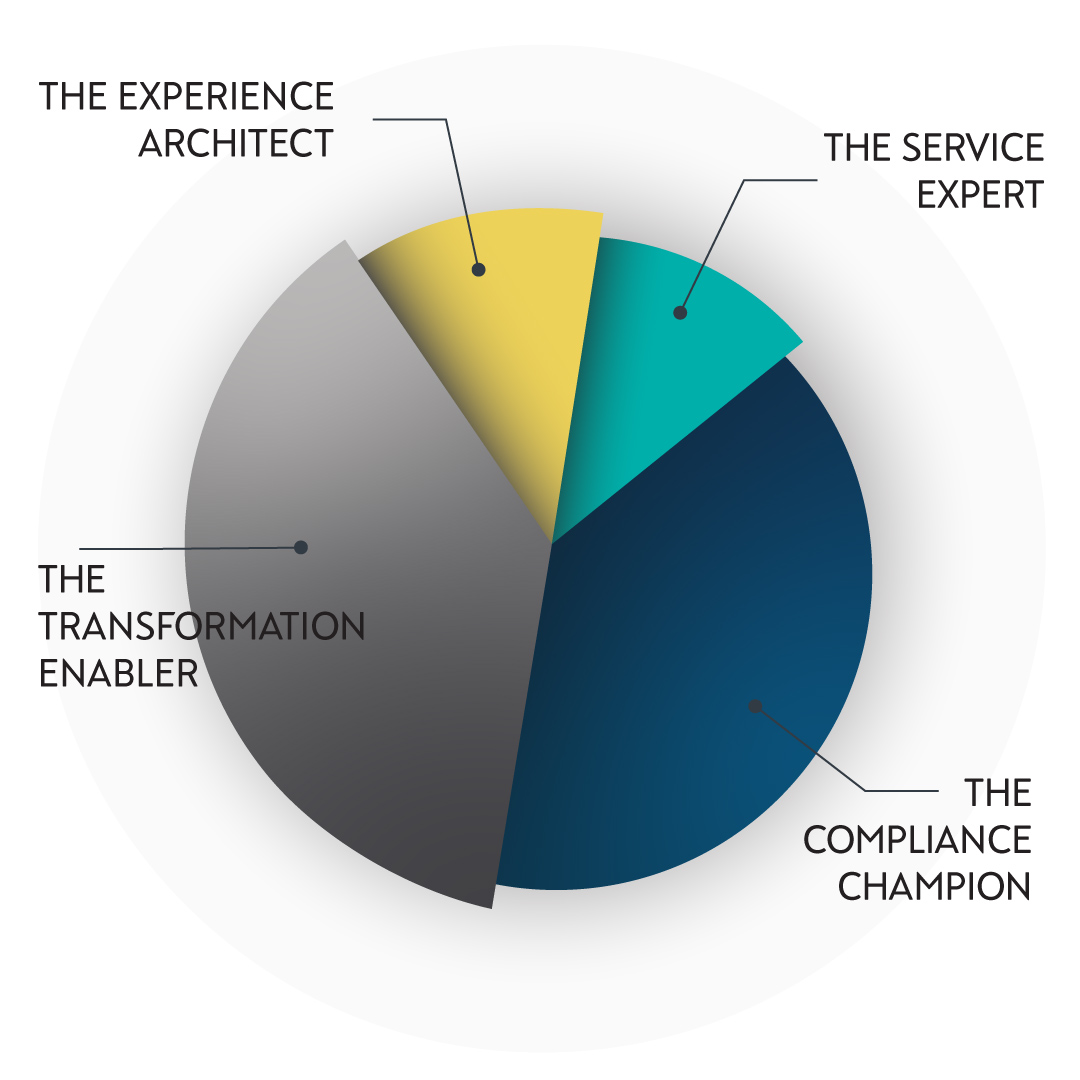
3
Ten traits of a high performing function
Alongside the distinct accountabilities of the CPO’s flex depending on the business driver, we also utilise our ‘ten traits framework’ to shape the HR operating model.
The ten traits are the building blocks of a high performing people function. The specific combination of ‘traits’ will be unique to every organisation, determined by business and organisational context. Learn more about our ten traits framework here.
For rapid growth-focused businesses, certain traits are crucial, though others remain important. See the most important highlighted below:
1. Business aligned and transformation partner
2. Employee centric and experience rich
3. ‘Change leader’ mindset
4. Solution innovation lead
5. Continuous improvement obsessed
6. Commercially driven
7. Super-charged people manager
8. Responsive and adaptable
9. Digital and insights mindset
10. Digitally enabled and artificially intelligent
In a business in the pursuit of rapid growth, the HR function needs to be able to ensure all activities support growth.
For established businesses, the focus is on Talent Demand (Talent Acquisition and Strategic Workforce Planning) and building capability quickly to enable growth and differentiation.
Smaller businesses or startups may initially need more structured HR support in areas like recruitment and compliance.
4
LACE perspective: Exploring HR operating model implications
Consider the following questions when designing an HR operating model that needs to meet a business on the pursuit of rapid growth:
- How repeatable and scalable is your process intake approach (e.g. for new services or markets coming into scope through business growth)
- How effectively is your Talent Demand (Talent Acquisition and Strategic Workforce Planning) function invested in and operated to acquire talent and support rapid business growth?
- Do you know what HR services are ‘core’ for your business versus those you might want to buy, borrow or rent by using partners?
- Do you have a plan for developing resilience and innovation skills across HR teams?
- Could you use third parties for People Services support (e.g. partially or fully outsource to provide scalability)?
- To what extent does critical HR capability exist across the business, and how reliant is it on a virtual network to share information and develop solutions?
Enjoy your growth journey! If you have thoughts or questions on what you’ve read please reach out via the form below.
If rapid growth doesn’t sound like your driver, check out our other business drivers:
Customer intimacy
You have a frontline workforce who interact directly with the customer and there is onus on building strong customer relationships.
Agility
If the business imperative is reshape the business landscape and / or respond with rapidly evolving competitor landscape
Productivity
If your business is heavily focused on reducing its cost base and maintaining increased margins
Rapid growth

